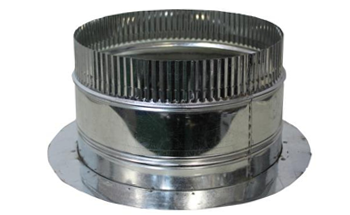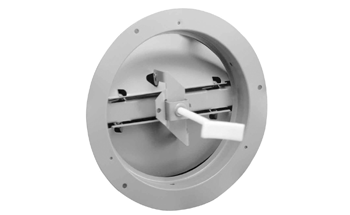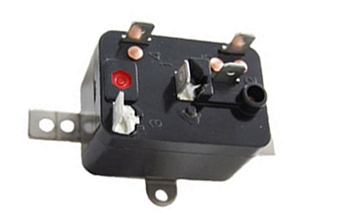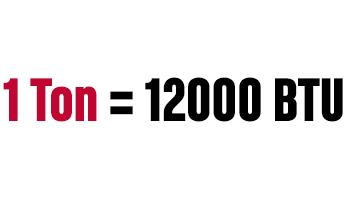Glossary
HVAC - Heating & AC
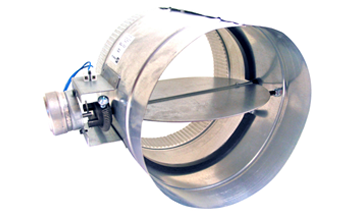
Air Balance
An HVAC service where dampers are added to the plenum of your home’s HVAC system and adjusted to even the flow of air being distributed out of the air ducts.
- Whole Home Air Balance - When every branch of air duct receives an air balance. Whole home air balancing is essential when an HVAC system is replaced with a new one.
- Single Room Air Balance - When one branch of air duct receives an air balance. Required after a single branch of air duct is replaced.
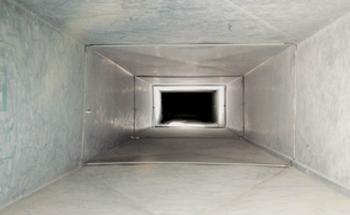
Air Duct
The distribution channels of your home’s HVAC system. Air ducts can be round or square, and they have an open cavity that allow air to flow from the furnace or air handler to different areas of your home. John Moore uses air ducts with an R8 r-value.
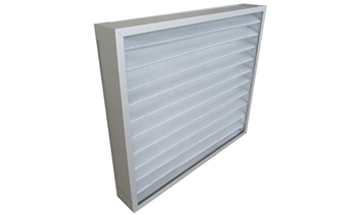
Air Filter
A device used to prevent airborne dust, dirt, and debris from flowing through your HVAC system. One inch filters can be found in the grille of your home’s HVAC system and should be replaced every month.
- Media Filter - A type of air filter that goes in your duct system to prevent finer airborne particles from flowing through your HVAC system. Media filters improve your home’s air quality more than a standard one inch filter.
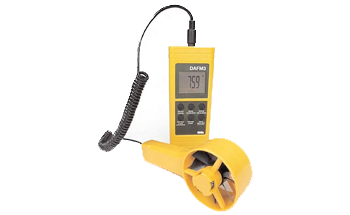
Air Flow Meter
A meter that is used to measure the amount of air coming out of an air vent to determine whether there is enough air flowing through that section of ductwork to effectively cool a room.
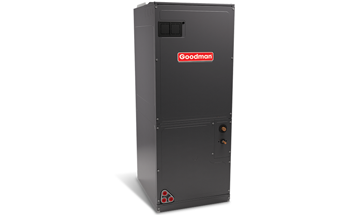
Air Handler
Only found in electrical HVAC systems, air handlers are boxes that contain the evaporator coil, the heater, and the blower.
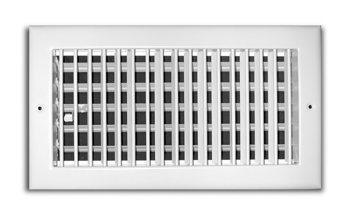
Air Register
A rectangular grill (not to be confused with the grille) that is capable of being opened and closed to direct air flow. The placement and size of air registers is critical to your HVAC system’s efficiency.
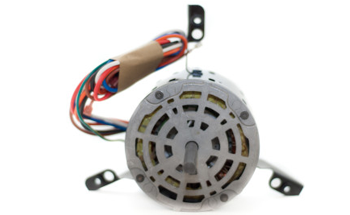
Blower
A motorized fan that pushes air through your HVAC system’s duct work.
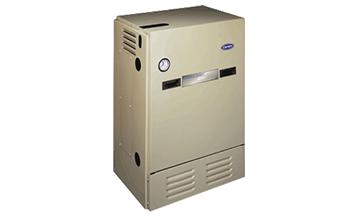
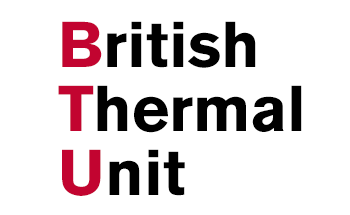
BTUs or British Thermal Units
The amount of energy required to raise one pound of water by one degree celsius.
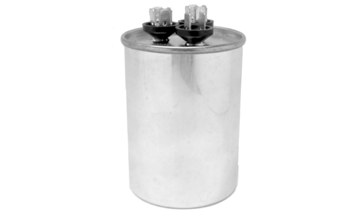
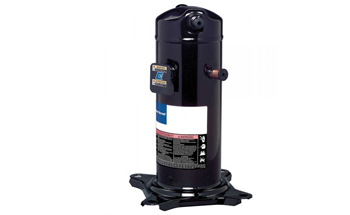
Compressor
The heart of your outdoor unit. Like the name suggests, compressors compress refrigerant to the right pressure and temperature before the refrigerant passes through the condenser coil.
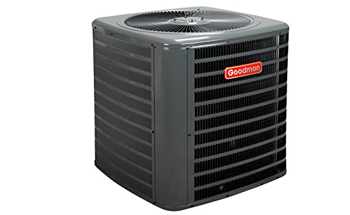
Condenser or Outdoor Unit
The giant box or boxes with fans inside of them located on the outside of your home. Typically, condensers house a heat exchanger, a compressor, and a fan for blowing outside air through the heat exchanger section to cool the refrigerant inside.
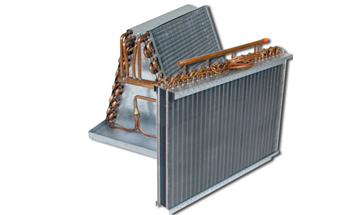
Condenser Coil
The coil in your outdoor unit that works with the evaporator coil to remove warm air from your home. After warm air is absorbed by the evaporator coil, the warm refrigerant moves back outside to the condenser coil where a large fan cools it.
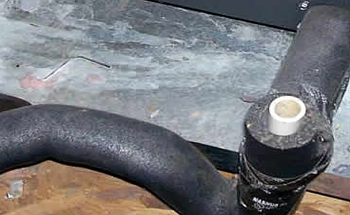
Condensate Drain Line
A drain line attached to your HVAC system that captures and drains “sweat”, or condensation, from the evaporator coil. They are often constructed from ¾ inch PVC pipes and must be insulated to prevent further condensation.
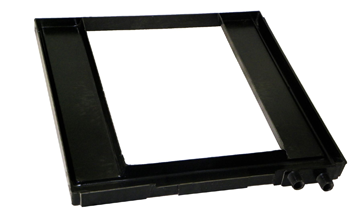
Drain Pan
Captures condensation coming from the evaporator coil.
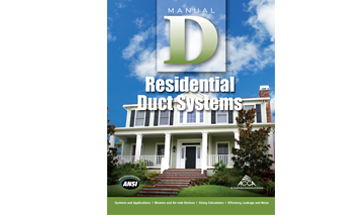
Duct Design
The mathematical process in which ducts are resized according to your home’s heat load calculation. The term Duct Design takes its name from Manual D: Duct Design, which outlines the formula used to resize ducts.
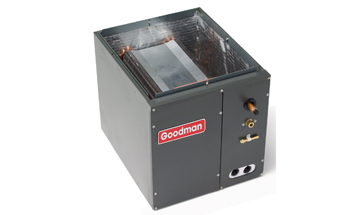
Evaporator Coil
Located within the home, either in the air handler or just outside the furnace, the evaporator coil is a heat exchanger that circulates cold gas and warm refrigerant to get colder. Evaporator coils cool and absorb warm air as the air blows past it.
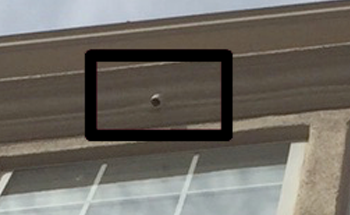
Emergency Condensate Drain Line
A secondary branch of condensate drain line that drains water from the drain pan. Emergency Condensate Drain Lines typically come out somewhere under your roof soffits in front of a window so you can easily see if it’s dripping.
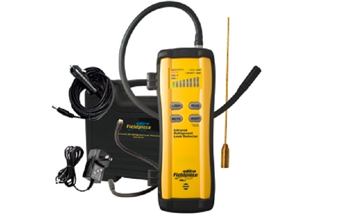
Freon Electronic Leak Detector
An electronic device used by HVAC technicians to detect freon leaks.
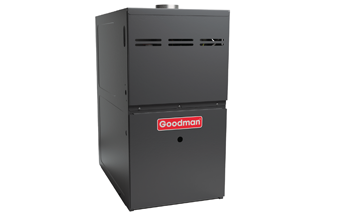
Furnace
An appliance that contains an air blower and a heating element. In most natural gas HVAC systems, furnaces turn on even if you are cooling your home because they contain the air blower.
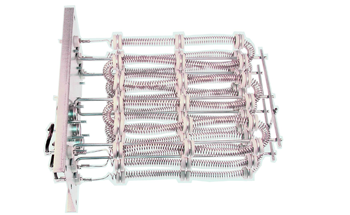
Heater
The heating element located within the air handler on an electric HVAC system.
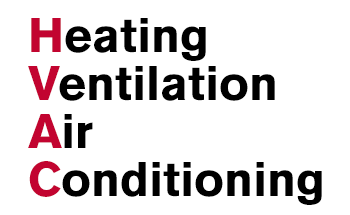
HVAC
An acronym that stands for Heating, Ventilation, and Air Conditioning.
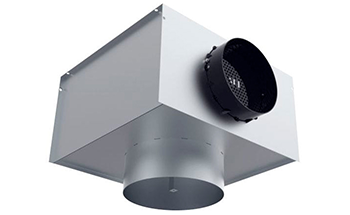
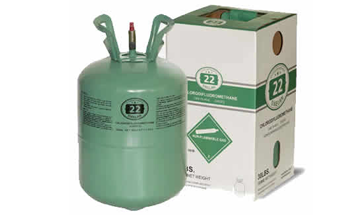
Refrigerant
A reusable gas/fluid found in the condenser, used to cool the condenser coil.
- R-22 - An older refrigerant that’s being completely phased out by 2020 because it depletes the earth’s ozone.
- R-410a - A newer refrigerant that uses a relatively environmentally safe formula.
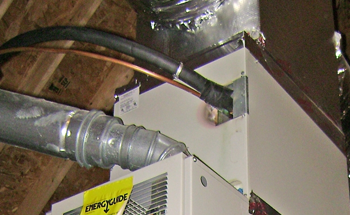
Refrigerant Lines
Pipes that carry refrigerant to and from the evaporator coil.
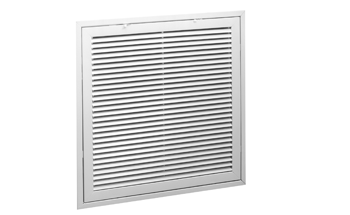
Return Air Grille
The larger grating that holds your HVAC’s air filter in place.
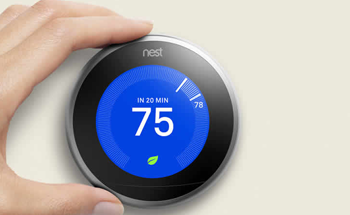
Thermostat
The device used to control your home’s HVAC system.
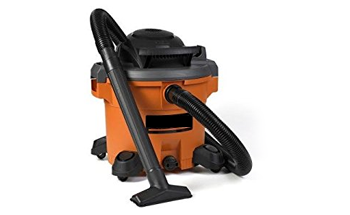
Wet Vac
A giant vacuum cleaner used in HVAC to suck the water out of an emergency drain pan or condensate drain line.
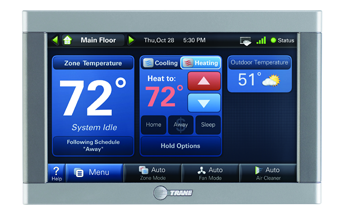
Zone System
An HVAC system that has electronic dampers that allow air flow in each room or area of the home to be regulated from the thermostat.

